 [Image: An otherwise unrelated photo of fire-fighting foam, via Wikipedia.]
[Image: An otherwise unrelated photo of fire-fighting foam, via Wikipedia.]
There are at least two classes of materials that have always interested me: synthetic materials designed to be so resistant and indestructible that they verge on a kind of supernatural longevity, and engineered biomaterials, such as enzymes or microbes, designed to consume exactly these sorts of super-resistant materials.
There was a strangely haunting line in a recent tweet by journalist Sharon Lerner, for example: “Turns out it’s really hard to burn something that was designed to put out fires.” Lerner is specifically referring to a plant in upstate New York that was contracted to burn fire-fighting foam, a kind of industrial Ouroboros or contradiction in terms. How do you burn that which was made to resist fire?
Unsurprisingly, the plant is allegedly now surrounded by unburnt remnants of this unsuccessful incineration process, as “extremely persistent chemicals” have been found in the soil, groundwater, and bodies of nearby living creatures.
These chemicals are not literally indestructible, of course, but I am nevertheless fascinated by the almost mythic status of such materials: inhuman things that, Sorcerer’s Apprentice-like, cannot be turned off, controlled, or annihilated. In other words, we invent a hydrophobic industrial coating that resists water, only to find that, when it gets into streams and rivers and seas, it maintains this permanent separation from the water around it, never diluting, never breaking down, forming a kind of “extremely persistent” counter-ecology swirling around in the global deep.
Or we produce a new industrial adhesive so good at bonding that it cannot be separated from the things with which it has all but merged. In any other context, this would be pure metaphor, even folklore, a ghost story of possession and inseparable haunting. What if humans are actually too good at producing the permanent? What if we create something that cannot be killed or annihilated? It’s the golem myth all over again, this time set in the dust-free labs of BASF and 3M.
Coatings, metals, adhesives, composites: strange materials emerge from human laboratories that exceed any realistic human timescale, perhaps threatening to outlast geology itself. As continents melt in the heat of an expanding sun ten billion years from now, these ancient, undead materials will simply float to the top, resistant even to magma and celestial apocalypse. We will have created the supernatural, the uncannily permanent.
 [Image: “Plastic-munching bacteria,” via PBS NewsHour.]
[Image: “Plastic-munching bacteria,” via PBS NewsHour.]
In any case, the flip-side of all this, then, is synthetic materials that have been designed to consume these very things. Every once in a while, for example, it’s announced that a lab somewhere has devised a new form of plastic-eating enzyme or that someone has discovered certain worms that eat plastic. In other words, there is now in the world a creature or thing that can degrade the eerily immortal materials coming from someone else’s lab down the hall. But what are the consequences of this, the metaphoric implications? What myths do we have of the omnivorous and insatiable?
It is not hard to imagine that classic sci-fi trope of something escaping from the lab and wreaking havoc in the outside world. At first, say, cars parked outside the laboratory where this stuff was developed begin showing structural wear; radio dials fall off; plastic handles on passenger seats break or even seem to be disintegrating. Then it appears inside houses, people accidentally taking it home with them in the pleats and folds of their cotton clothing, where this engineered microbe begins to feast on plastic housings for electrical connections, children’s toys, and kitchen goods, all of which have begun to age before failing entirely.
Then supermarkets and drugstores, then airports and planes themselves. Boats and ferries. Internal medical implants, from joints to stents. This plastic-eating organism begins to shift genes and mutate, inadvertently unleashed onto a world that seems exactly built for it, with new food everywhere in sight. Forty years later, no plastic exists. A hundred years later, even the cellulose in plants is threatened. The world is being consumed entirely.
My point—such as it is—is that materials science seems to operate within two mythic extremes, pulled back and forth between two supernatural ideals: there is that which resists to the point of uncanny permanence, of eerie immortality, and there is that which consumes to the point of universal insatiability, of boundless hunger. Both of these suggest such interesting fables, creating such otherworldly things and objects in the process.
 [Image: Photo by
[Image: Photo by 
 [Image: Photo by Benjamin Chelly, courtesy Albin-Michel/
[Image: Photo by Benjamin Chelly, courtesy Albin-Michel/

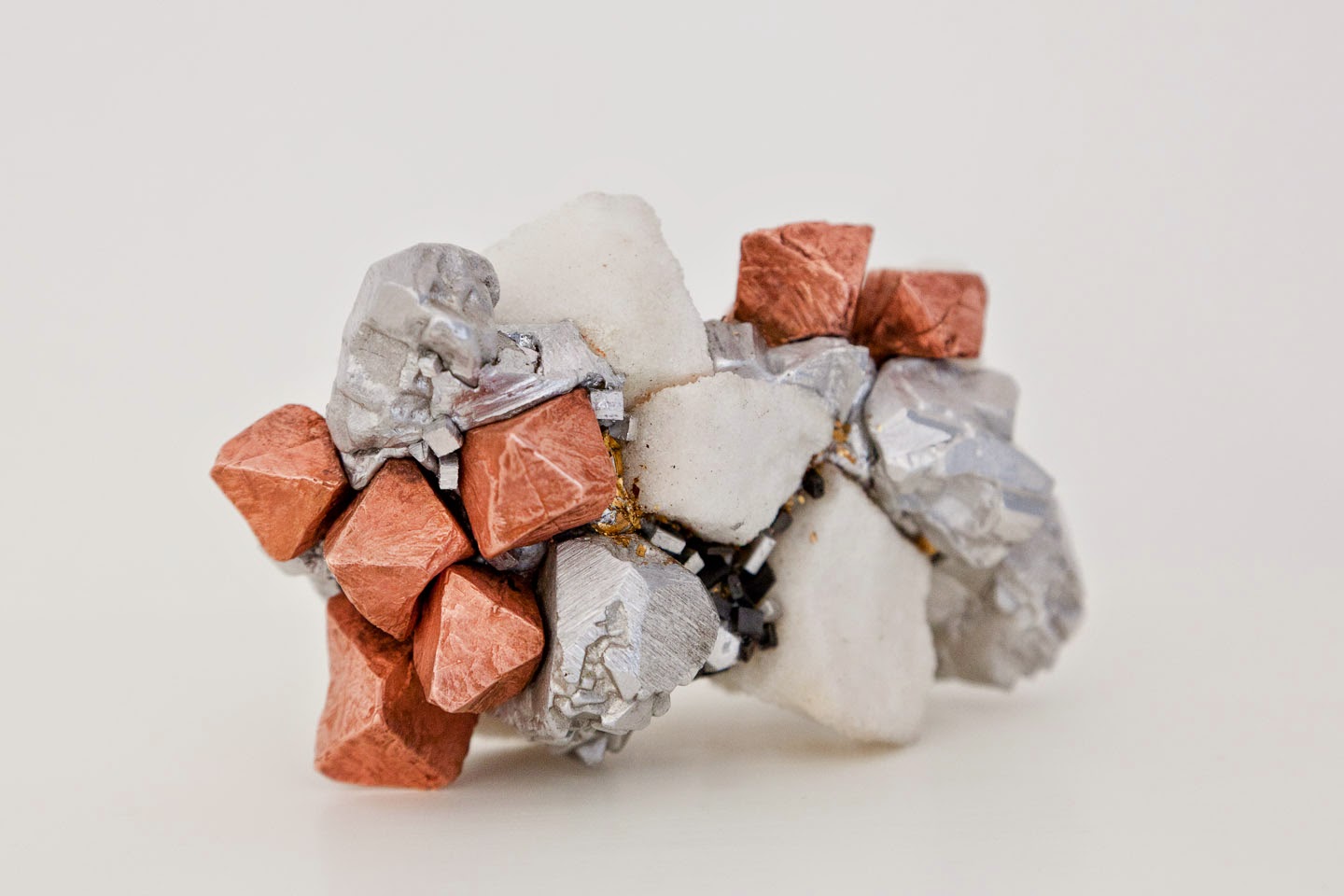 [Image: From “
[Image: From “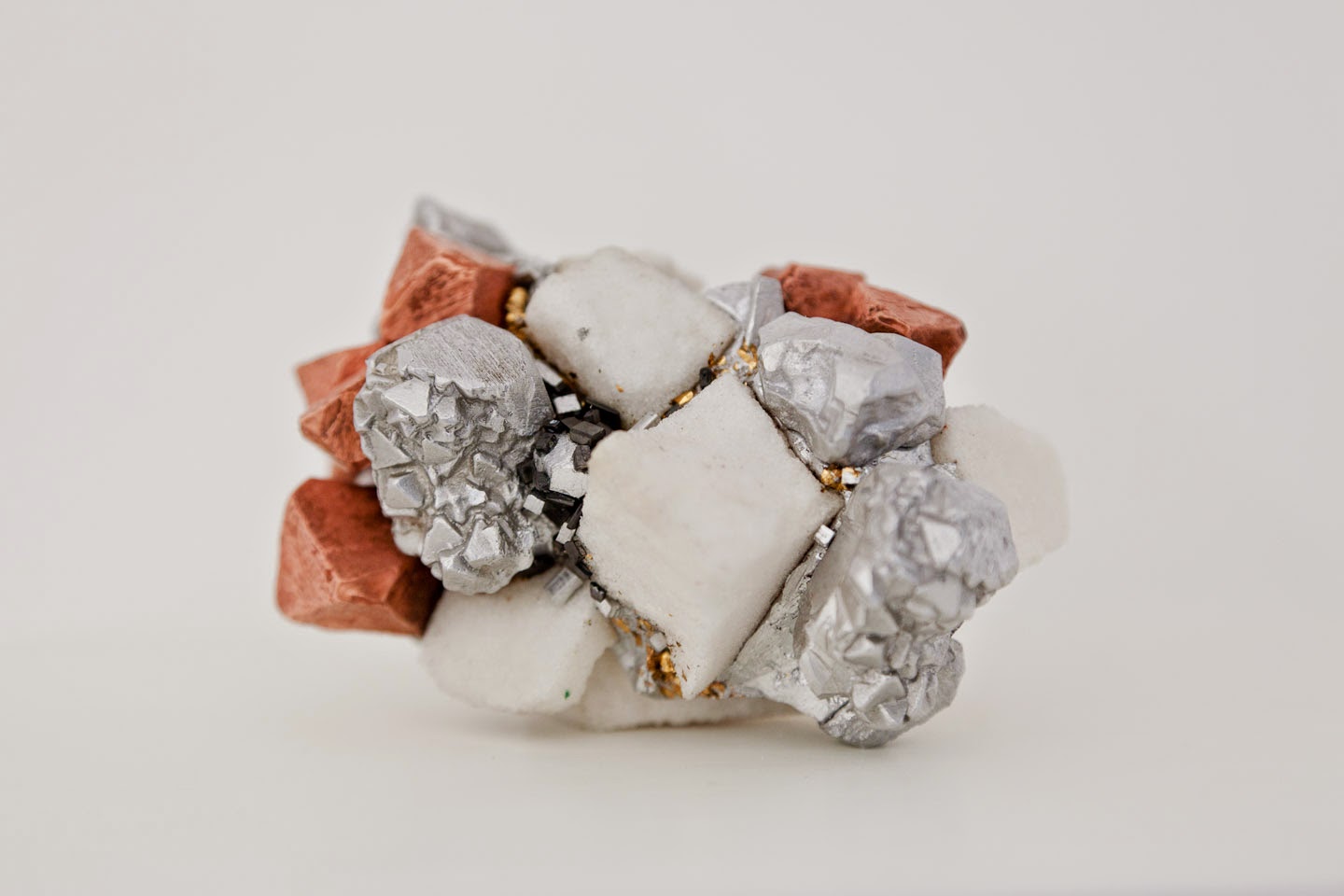 [Image: From “
[Image: From “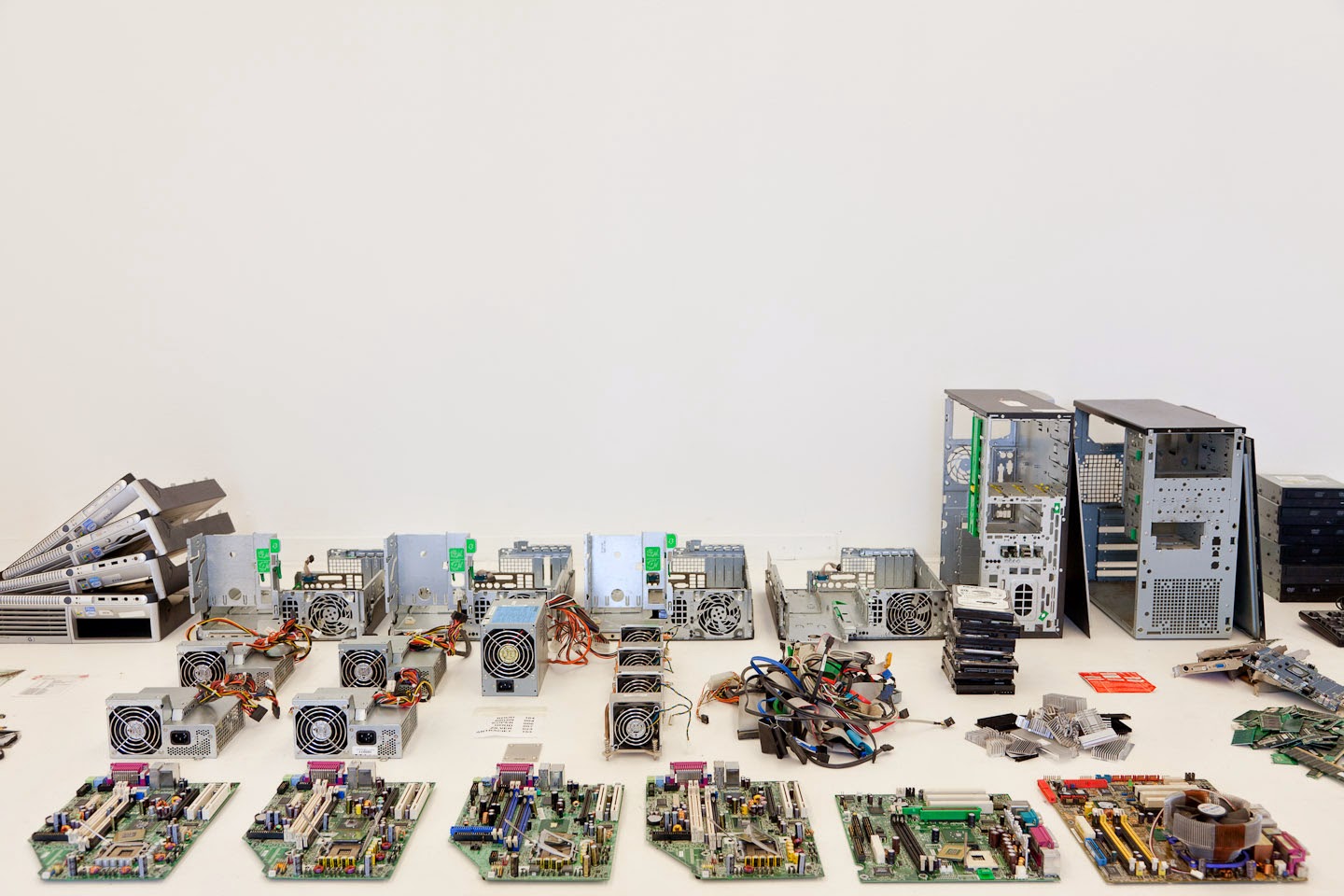 [Image: From “
[Image: From “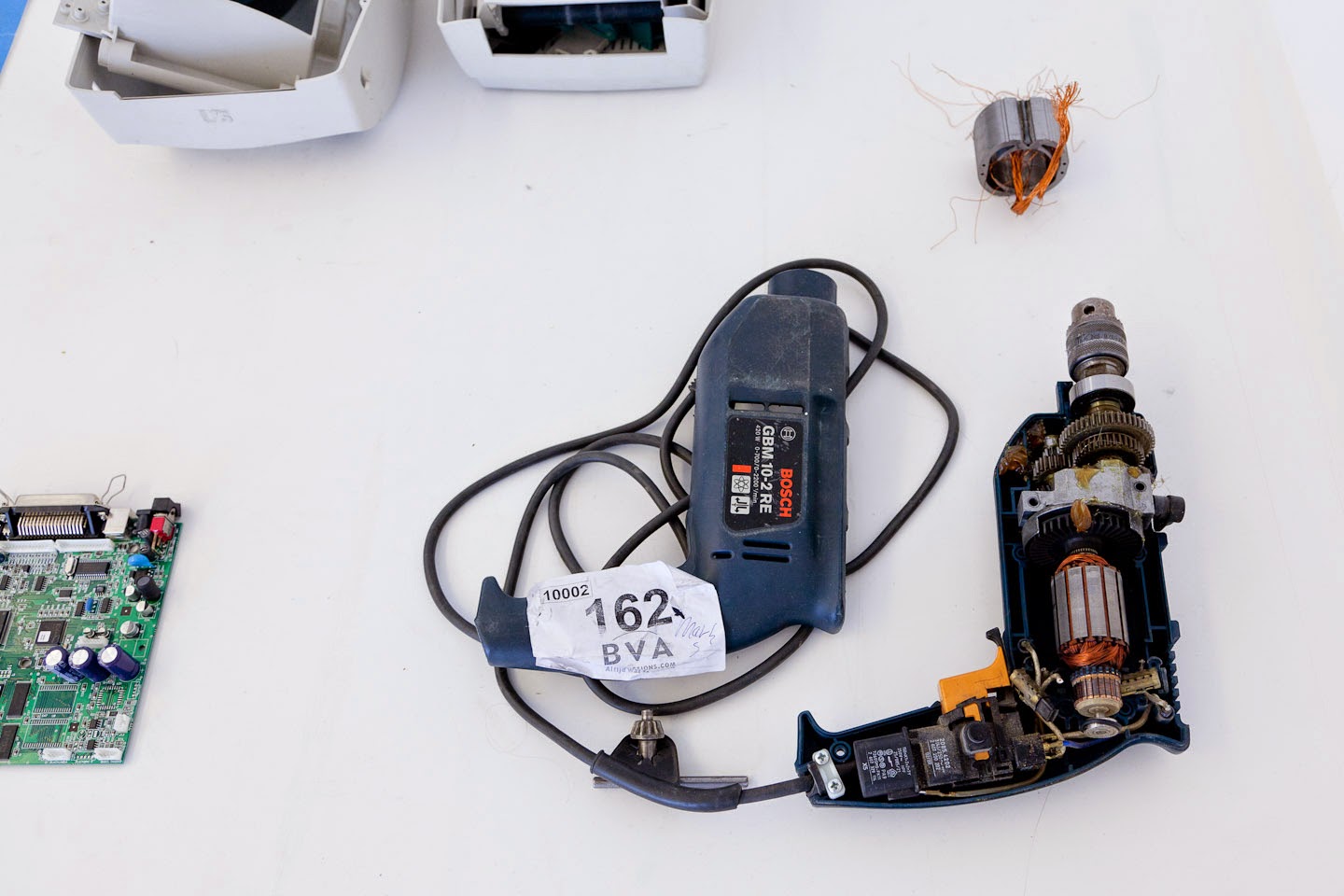
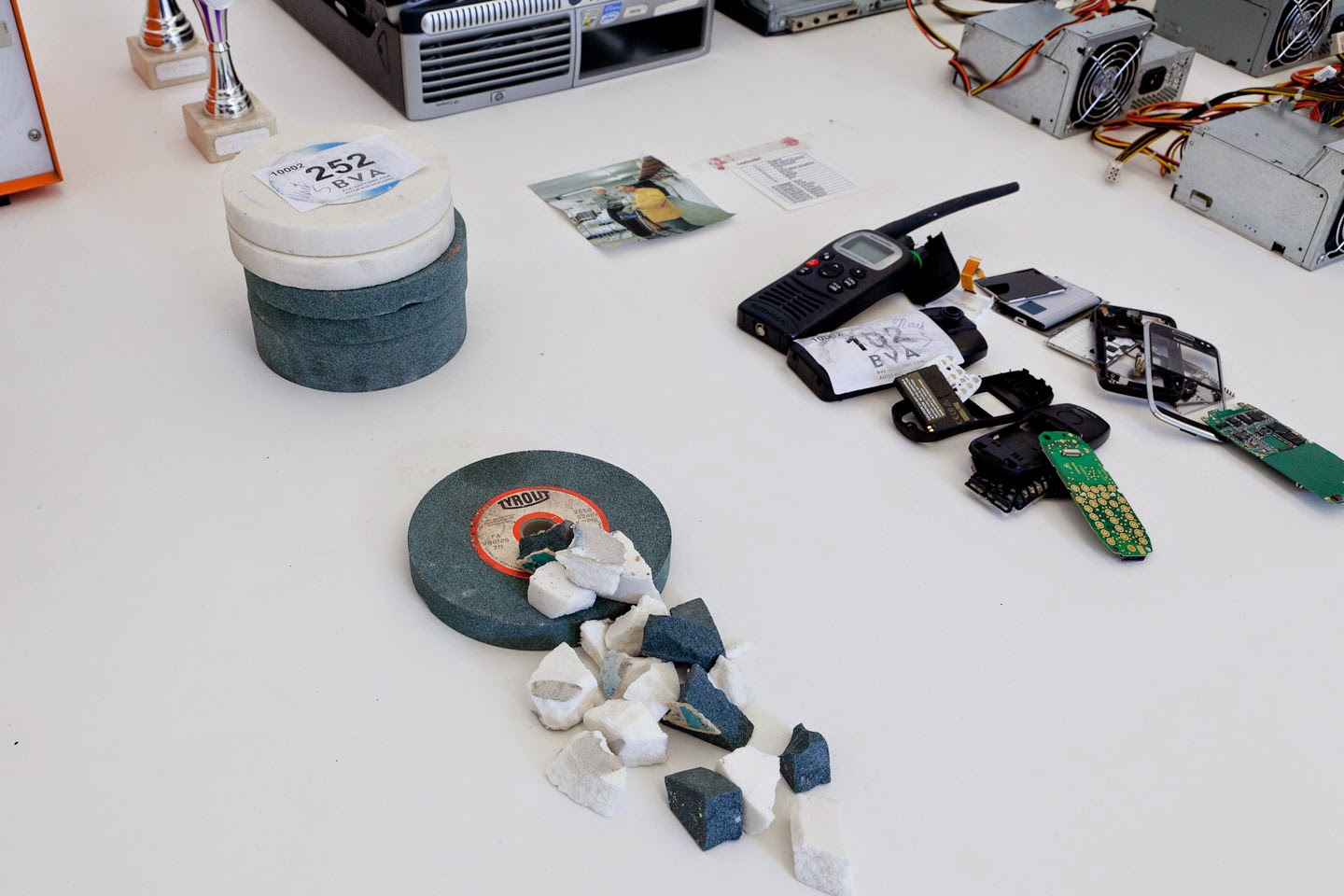 [Images: From “
[Images: From “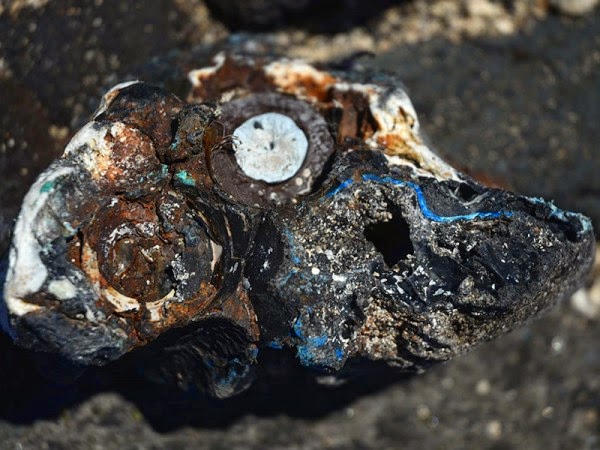 [Image: A “plastiglomerate”—part plastic, part geology—photographed by
[Image: A “plastiglomerate”—part plastic, part geology—photographed by 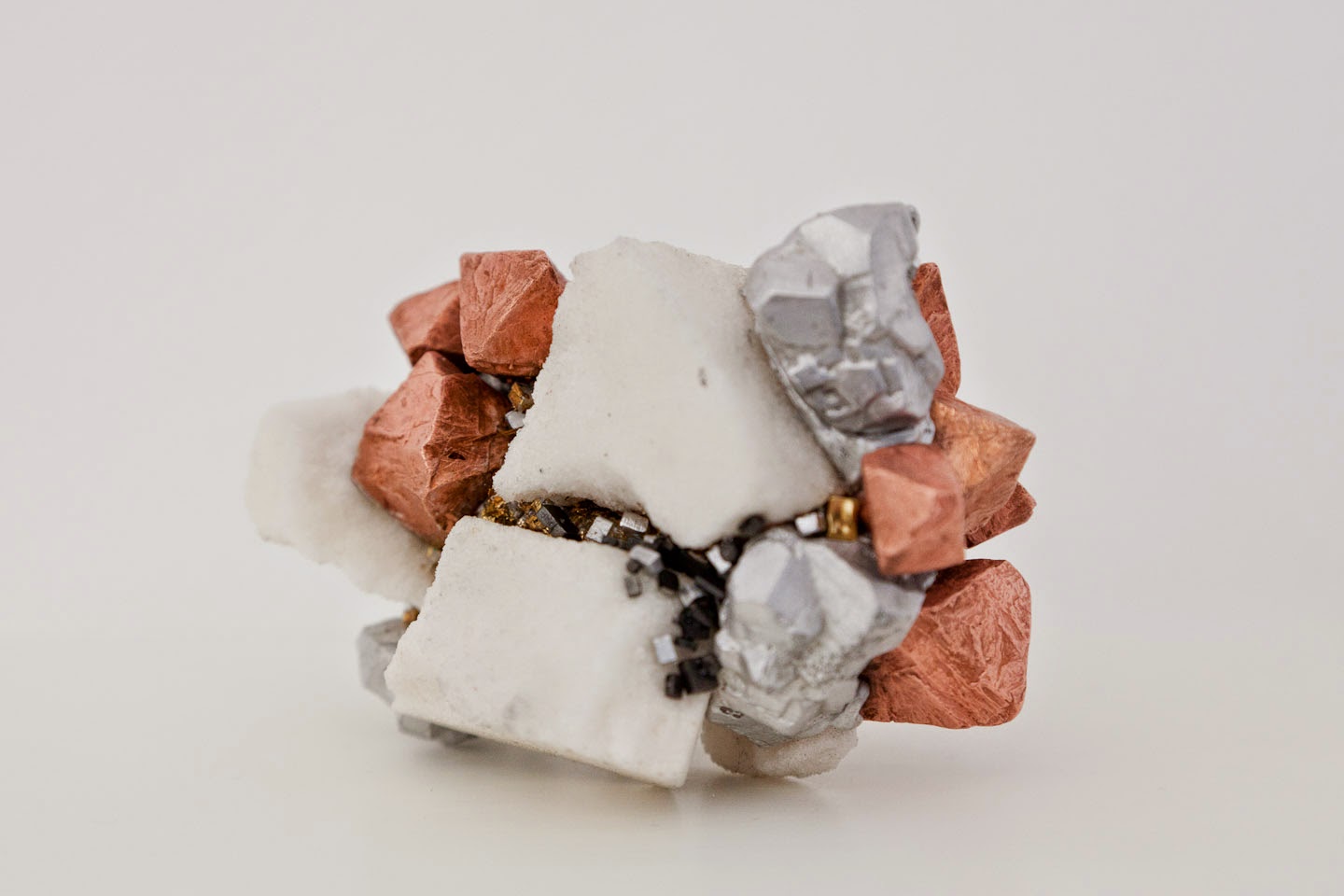 [Image: From “
[Image: From “